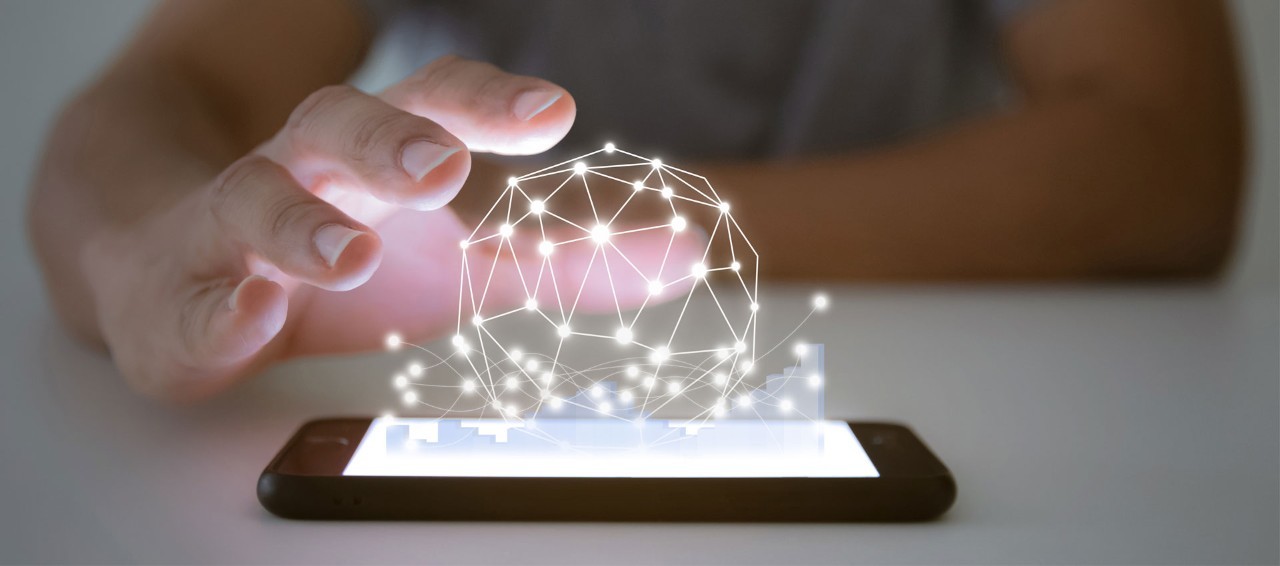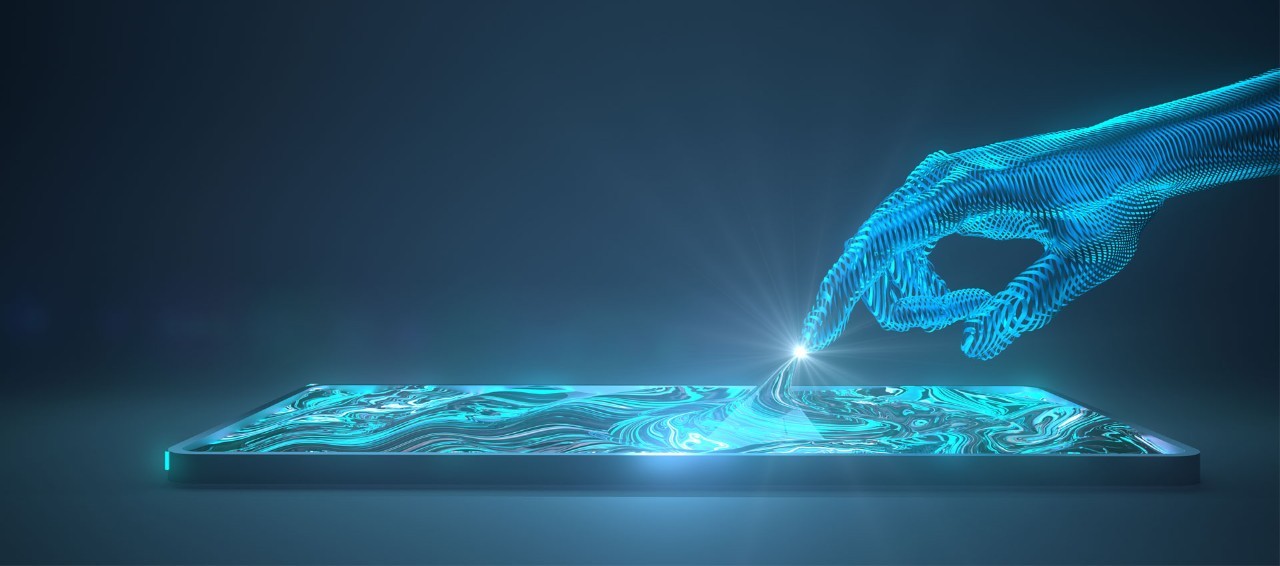How will decorative
lightings adapt themselves?
A new progress occurs every single day in technology world, with innovations rapidly following one after another.
We also witness that decorative lighting products tap into the advancement of technology and morph each year while updating themselves in high speed. In the not-too-distant past, only 15 years, we used to have filament lamps and LED’s were not used for lighting purposes. We used to lighten our stores with self-ballasted fluorescent lamps and use highly radiant halogen stick floor lamps.
It might sound like very old times yet we are talking about a not-too-distant past. It is difficult to remember the above lighting products, like we cannot recall those times without internet, e-mail, social media and smart phones. The truth is that every new technology developed changes the way we work, our occupation, our social order, and even us.
So, what’s next? What will we see in lighting in the upcoming near future? How will the pendants and other household lightings change? This change will be so quick and sharp that we will barely remember the current shape of lighting, just like we barely recall those old times.
It is safe to say that all lighting products, either technical or decorative, will become smarter in the first 5 years.
Smart lighting systems enable users remotely control or program their lighting devices, either at home or at offices, while minimizing abundant use of light and energy, thus providing both comfort and energy saving.
Smart lightings will nullify wall switches and buttons. Once you step into the room, the lamps will recognize you and automatically turn on as per your needs. And once you leave the room, you will no longer have to worry about any lights kept on. This feature will deliver you the true possibility of energy saving. In a very near future, there will be no lighting product, which is not connected to the internet or to a local network.These systems have already walked into our lives. As their production increases, the prices will fall and as the prices fall, their uses and demands will rise.
We all know now the light changes our emotions and our psychology. In a near future, lightings will adapt to our circadian rhythms. Circadian rhythm is briefly your body clock. It regulates your body’s chemical and hormonal production and metabolism on a circle of around 24 hours, which helps you go to sleep on bedtime and wakeup when you need to. The biological rhythm of human is substantially impacted by the progress of sunlight. Relatively blue in the mornings, sunlight blocks melatonin hormone, which leads to increasing wakefulness and the ability to concentrate while offering a general tonicity. The color of light transforms into a warmer hue during the day, thus reversing this impact so that people get calmer in the evenings and get prepared for the approaching sleep phase.
Most of the employed people in modern world work under artificial lights at offices and factories all day long and they rarely come across sunlight. For this reason, we can say that new generation lightings will be optimized for human biology. HCL (Human-Centric Lighting) solutions promote this inherent rhythm actively by simulating sunlight in order to support biological hormonal management process. The color of light in biologically effective lightings follow the same steps with the sun, thus creating a much more healthier lighting.
Biologically effective lightingin creases productivity even at work. The color of light varies by the time of day. While the light is cold white during midday, it transitions to a warmer light by evening. We can say that more and more companies will begin implementing this system, thanks to its positive impacts on the productivity of working class.





